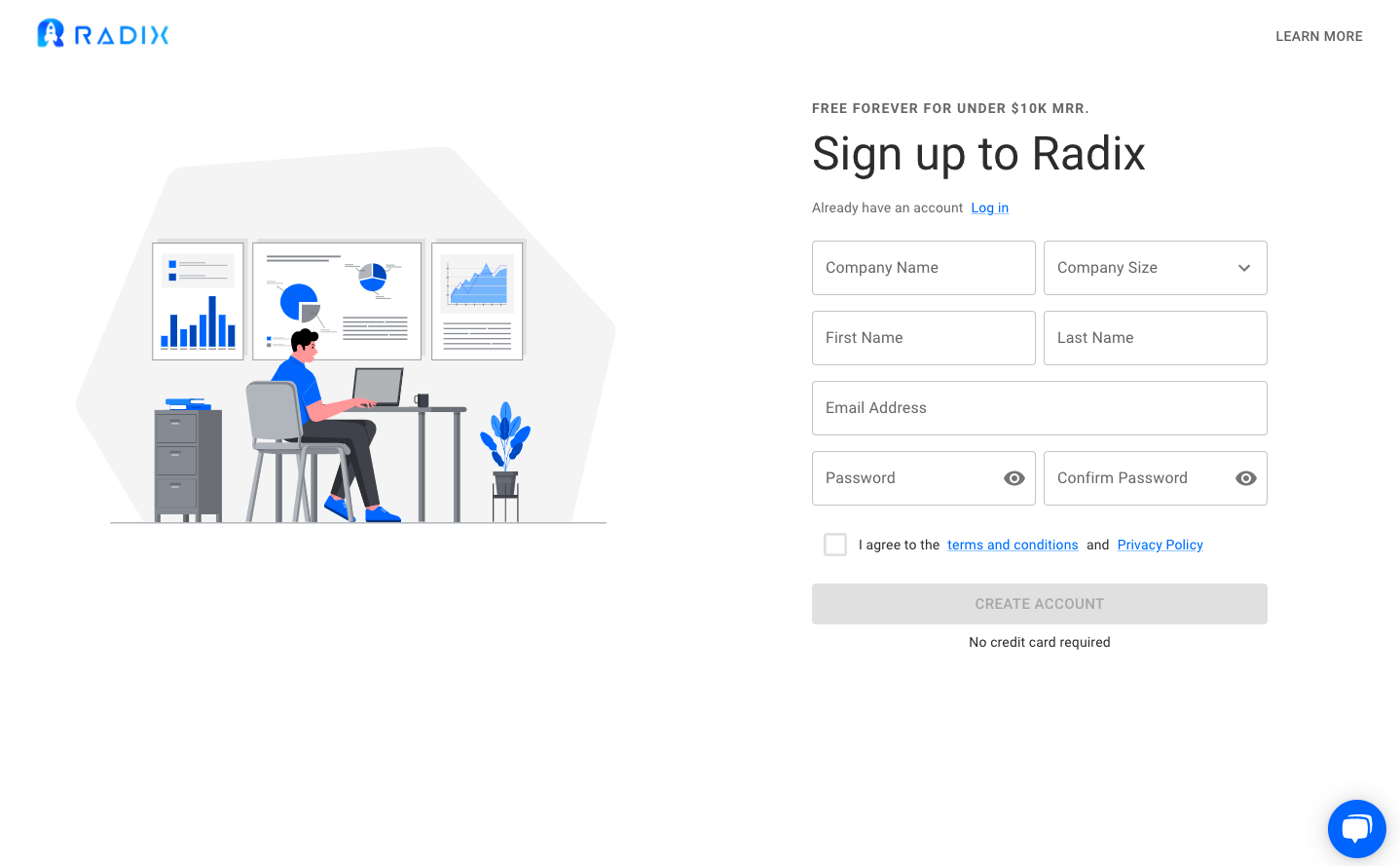Have you ever tried to increase your company’s revenue? Whether it’s a startup or small business, revenue is an extremely important metric. Without revenue, companies would cease to exist. To accomplish this, small businesses and large corporations have devised a plan called revenue recognition. Through this article, we’re going to take a look at the 5 steps of revenue recognition.
Revenue recognition, often known as “rev rec,” is the process of determining when and how revenue should be recognized within a company’s accounting cycle. While the variety of details and complexities are too many to cover in a single blog article, it’s still crucial to grasp the fundamentals of revenue recognition, especially if your business sells services through term subscriptions or licensing agreements.
What Is the Importance of Revenue Recognition?
The FASB (Financial Accounting Standards Board) is the group established by the Securities and Exchange Commission to create accounting standards for corporations in the United States. These standards are outlined in the Accounting Standards Codification (ASC) and are updated regularly. ASC-606, which establishes new revenue recognition criteria for all organizations that provide products or services, is one such modification that happened in 2020. ASC-606 is designed to increase industry standardization for a more transparent and comparable revenue recognition system.
Because of the nature of the industry: sales negotiated agreements, term subscriptions, professional services, and so on, revenue recognition was always a difficult problem for SaaS businesses. ASC-606, on the other hand, adds additional, more rigorous standards that must be followed to stay compliant. Revenue recognition compliance is not only needed by auditors, but it can also be critical to your company’s worth in the case of a strategic investment or acquisition.
What Are the 5 Steps of Revenue Recognition?
Step 1: Determine the customer’s contract
This is usually one of the simplest stages of revenue recognition. Several conditions must be met by the contract, including:
- Has the consent of both parties
- Describes each party’s rights and duties.
- Determines the payment terms
- Indicates the presence of commercial value (the transaction will cause a significant change to future cash flow)
- It implies that the seller will be compensated for the goods or services provided.
Step 2: Determine your contractual performance responsibilities
ASC-606 requires you to establish your “distinct performance obligations,” which might appear to be straightforward. A deliverable—a good or service—is a performance obligation. But what distinguishes a performance obligation?
If a performance obligation is helpful to the customer on its own, it might be classified as distinct. Consider a piece of equipment as an illustration of a performance obligation. Your performance obligation ends when the customer takes control of the equipment. You might even sell a piece of equipment with a limited warranty in case it has to be repaired in the future. The customer can utilize the equipment without using the warranty service in this situation, indicating that the item and the warranty are separate entities.
On the other hand, SaaS transactions sometimes involve performance obligations that appear different but are not. Training, customization, or specialized installation are a few examples. Assume you are modernizing a hospital’s computer network with bespoke software integrations that link to current systems, and the hospital’s personnel will require training from your organization to operate the software. Even though the design, installation, and training appear to be distinct deliverables, the hospital’s ability to use the new network is dependent on all three deliverables working in tandem.
Step 3: Calculate the total price of the transaction
This is another straightforward stage in the revenue recognition process. The whole price of the items or services you’re offering should be included in your contract. Discounts, rebates, and incentives are all factors that may influence the price. You may also need to account for sales-negotiated agreements in more sophisticated situations.
Step 4: Assign a price to each of the performance obligations
If there are many performance obligations, you must establish how much of the total amount is given to each one. How much would a performance obligation cost if marketed as a standalone service? That is your Standalone Selling Price (SSP).
It might be difficult to allocate an SSP to each obligation. If determining a standalone price is difficult, it may be good to compare the relative individual prices of each obligation and allocate a proportion to each one. Consider it like slicing a pie. Once you’ve determined the other slices, you’ll be able to estimate the proportionate value of a difficult-to-quantify performance obligation.
Step 5: Recognize revenue after the performance obligation has been completed/delivered
The last stage in the revenue recognition process happens when the products or services are delivered and control is transferred to the customer. Once the customer can profit from the good or service, they are considered to have control. When a performance requirement has been met, revenue can be recognized.
The most obvious example of this is retail transactions. You sell an item to a customer, they take it out of the store, and you record the revenue. It’s not quite so simple for SaaS companies. You and the customer may have a year-long technical support contract; your performance duty of providing technical assistance is gradually shifted to the customer. In such a situation, revenue would be recognized throughout the year (say, monthly) when the performance obligation was met.
Conclusion
To sum up the goal of revenue recognition, it is to provide a fair view of revenue and expenses which is crucial in making meaningful financial decisions and useful for external reporting. The five steps mentioned above are short but it is intriguing how much assumptions are involved in this process. These five steps may seem simple on the surface but can create a lot of difficulties in real life.
Remember you can use Radix to track and analyze your revenue. It is easy to connect your PayPal or Stripe Account.

Read More:
Building SaaS Community | Some of the Greatest Benefits
How to Grow a Cool SaaS Business
SaaS Metrics: What Are The Top 5 VCs Look At For Series A/B/C?





